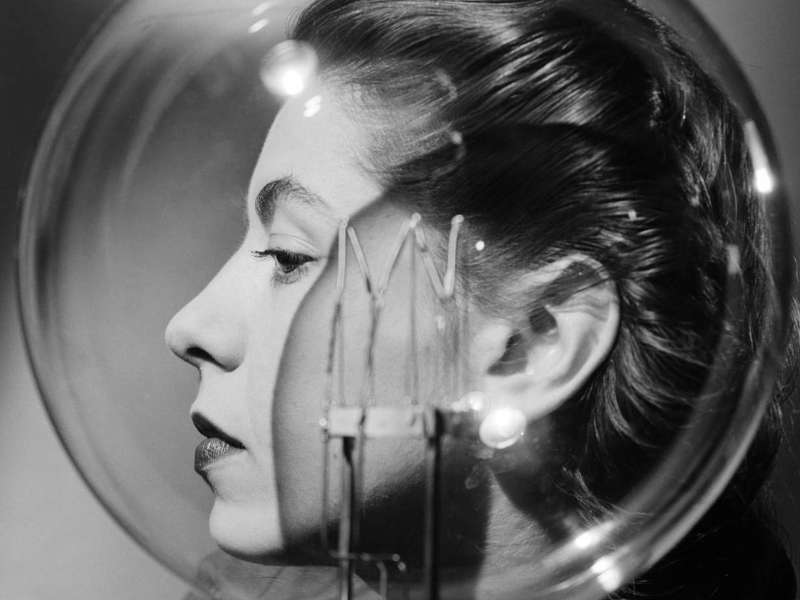
Lee Miller, avant-garde Model and Photographer
Lee Miller was one of the most sought-after models of the late 1920s. She quickly moved behind the lens, becoming a leading figure in the avant-garde scenes of New York, Paris, London and Cairo. An exhibition at Tate Britain celebrates her extraordinary career.
Read more